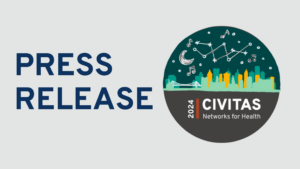Consideration 1

1. Identify and prioritize the population to be tested
Decision makers
Consideration
Identify a leader tasked with determining the population to be tested who uses data and seeks broad input from partners.
Voices from the Field
Patient prioritization is evolving
Consideration
When tests are limited, make sure populations that need them most are able to access them.
Definitions of priority populations may need to evolve as test availability changes.
Voices from the Field
Using data to guide prioritization
Consideration
Prioritization guided by clear data will benefit your population as well as help mitigate political pressures to test in certain areas.
Identify areas most impacted by COVID-19.
Collect racial and ethnic data in order to identify disparities in infection rates and access to testing.
Apply a social vulnerability index to identify priority areas.
Identify persons that already struggle with access to healthcare.
Integrating data into composite scores and matrices may be a good way to organize data.
Voices from the Field
Asymptomatic screening for workplaces and schools
Consideration
OSCTCs are getting increasing pressure to support back-to-work and back-to-school clearance, but capacity-based prioritizations may not support testing these populations.
OSCTCs can share prioritization matrices with employers and schools.
Pooled testing may be a cost saving option to consider.
Voices from the Field
Off-Site Testing Toolkit Navigation Menu
Off-Site COVID-19 Testing Project home page
– – –
Off-Site COVID-19 Testing Toolkit home page
1. Identify and prioritize the population to be tested
2. Identify and mobilize your partners
3. Determine the type of OSCTC
4. Offer the right type of test
5. Adapt to variations in laboratory capacity and turnaround time
6. Staff Required for OSCTC
7. Build efficiencies into your OSCTC
8. Promote positive patient experience and community awareness
9. Address potential patient access limitations
10. Manage patient results
11. Plan for weather extremes
12. Provide PPE to staff
13. Financial viability/ sustainability
14. Explore a broader role for your OSCTC
Methodology
Additional Resources
Acknowledgements

